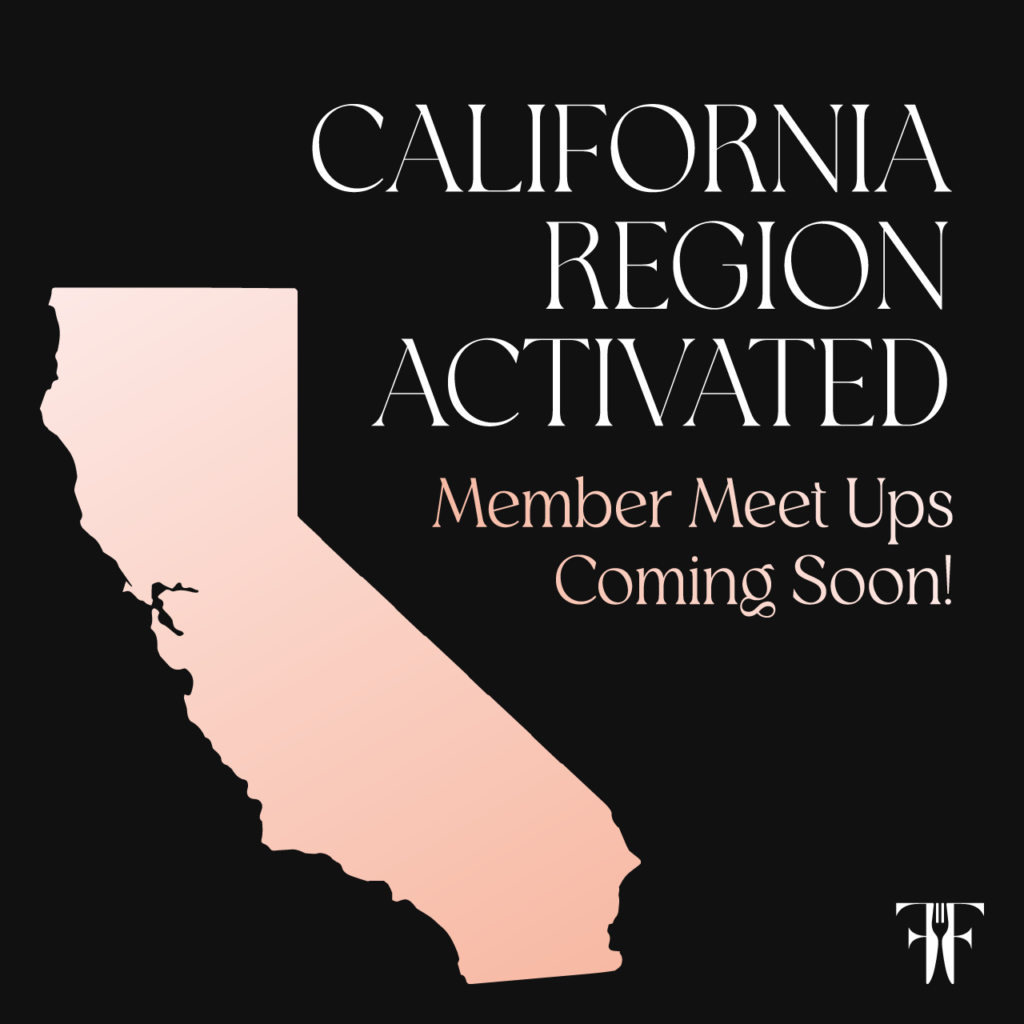A cover letter is a compliment to your resume. While your resume lays out the facts of your professional experience, like job titles and accomplishments, your cover letter is meant to tell your story and convey your personality. It’s a way to make a first impression on your potential employer, so the goal is to make it unique and memorable.
Typically, a cover letter is structured into three to four paragraphs: introduction, one to two body paragraphs, and a conclusion. But since there’s no official format, you can get creative as long as your cover letter is organized, is a good representation of you and your experience, and is only one page.
If you’re wondering where to start, we broke down how to write a cover in ten easy steps.
Step 1: Keep it Short
Just like your resume, your cover letter should be no longer than one page. Ideally, it will include three, maybe four, paragraphs that highlight you, your relevant experience and skills, and why you’re the right person for the role. Remember, your cover letter should not be a duplicate of the information on your resume.
Step 2: Add Your Header
If you’re attaching your resume online via an applicant tracking system or email, lead with a header that includes your name and contact information. You can even make the header mirror your resume to keep it consistent. Make sure to include the date you’re sending your cover letter either in your header or immediately following. If you include your cover letter in the body of an email, include your contact information after your signature.
Step 3: Identify the Hiring Manager
Always, always, always address your cover letter. It can be to the hiring manager, recruiter, someone in human resources, or anyone else you believe is in charge of making the hiring decision. Using a generic salutation is a bit stiff and archaic. The goal is to customize your cover letter to each job you’re applying for, and that includes the greeting. Make sure to also include their contact information before the salutation.
Step 4: Determine the Appropriate Voice and Tone
You’re going to want to tailor your cover letter to match the voice and tone of the company and position you’re looking to land. If they’re more traditional and formal, stick to that. If they operate under a start-up mentality, get a little more creative. Do your research by checking out their website and social media to get a feel for what would be appropriate.
Step 5: Include Keywords Where You Can
Similar to writing your resume *include link to resume article*, including keywords in your cover letter, can be the difference between an applicant tracking system picking your information out of hundreds of applicants. Scour the job posting for relevant keywords and terms to include throughout your cover letter, where it makes sense, of course. Don’t overdo it and sound like a robot. If you can naturally weave in relevant skills and experience using the words in the posting, you’re going to up your chances of getting your application in front of the right people.
Step 6: Craft an Attention-Grabbing Opening Line
There’s no need to start your cover letter by introducing yourself; whoever is reading it already knows your name from your application or resume. The opening line of your cover letter should grab the reader’s attention. Start by talking about your love of the company, your passion for what you do, an accomplishment, or get creative! Let your personality shine through from the first sentence and make it memorable.
Step 7: Complete Your Introduction Paragraph
After you’ve decided on your opening sentence, other things to include in your opening paragraph include how you heard about the job, especially if it was through a contact at the company, what position you’re applying for, and why you’re interested in the position or company. The introduction is setting the stage for the rest of your cover letter.
Step 8: Tell Your Story
Your second, and possibly third paragraph, is the meat and potatoes of your cover letter. This is where you want to explain to the reader why you’re a good fit for the role, why you’re qualified, and how you’d add value to the company. Your cover letter should complement your resume, not duplicate it. Don’t worry about stating specific facts about your experience, especially if you’ve already listed them on your resume.
This is your chance to add your personal touch, tell a story about your professional career, and show your enthusiasm and passion for your work. Of course, make sure your examples and anecdotes are relevant to the position you’re applying for. Cover letters are not one size fits all, make it custom to make it stand out.
Step 9: Wrap It Up
The conclusion is where you tie everything together. Reinforce how your skills and experience would make you a great candidate for the role, state that you’d like the opportunity to discuss the position more in person (aka you’d like an interview), and thank the hiring manager or employer for their time. End your cover letter with your signature, either by hand or digitally, depending on how you’re submitting your application.
Step 10: Check Your Spelling and Grammar
There’s nothing worse than submitting a seemingly perfect resume and cover letter only to later discover a spelling mistake or grammatical error. It’s cringe-worthy for both you and the hiring manager. Double and triple check your spelling and grammar before you hit submit. This is your chance to make a first impression on your potential employer, so make it a good one.
Do you need more support in writing your resume or cover letter? Within our Females in Food Community, our members are transforming their careers through our Job Search Accelerator Program. This FREE member perk has over $500 of value packed inside an on-demand course. We are teaching our members how to research companies, polish their application material, network, interview, and NEGOTIATE. Join our community by clicking here.








